Make the most of your day trip to Pisa by visiting these other sights
After Florence, Pisa may be the most famous city in Tuscany thanks to its iconic leaning tower. It attracts thousands of tourists every year, seemingly all of whom take the same photo of themselves “holding up” the tower. And while this off-kilter marvel of architecture is definitely worth a look (and the photo is always fun!), it’s just one attraction that, on its own, may not feel like it justifies the trip.
Pisa is a small city that’s home to one of the oldest universities in Europe, founded in 1343, and has long been a hub for intellectual life. In the Middle Ages it was one of the country’s four maritime republics, political powerhouses that used their position on the Arno river to dominate trade and build wealth. Today, it’s an hour’s train ride from Florence, with a similarly strollable riverfront, the Lungarno, dotted with bridges that have been successively rebuilt over the centuries after flooding and WWII bombs.
We recommend taking a day trip here from Florence or making Pisa a stop on your way to the nearby city of Lucca. While you’re in Pisa, these are our favorite things to do that aren’t the Leaning Tower:

Camposanto Monumentale
In the same square (Piazza dei Miracoli) as the tower itself is this ancient cemetery building. It’s built around a central grassy field (the name Camposanto means “holy field”) said to have been built around some sacred soil brought to Italy from Golgotha during the Crusades. In addition to the marble burial markers, ancient sarcophagi, and funerary statues that make this monument well worth a visit, it’s also home to the fresco “The Triumph of Death,” a stunning depiction of medieval beliefs about the afterlife.
Tuttomondo
Just a few minutes’ walk from the Pisa Centrale train station is the Sant’Antonio Abate church. Walk around the building to see one of pop artist Keith Haring’s last murals engulfing its rear wall, completed in 1989 just a few months before his death. The juxtaposition of this nearly 2,000-square-foot piece of vibrant modern art with its medieval surroundings is especially poignant, as is the mural’s message of peace and harmony.
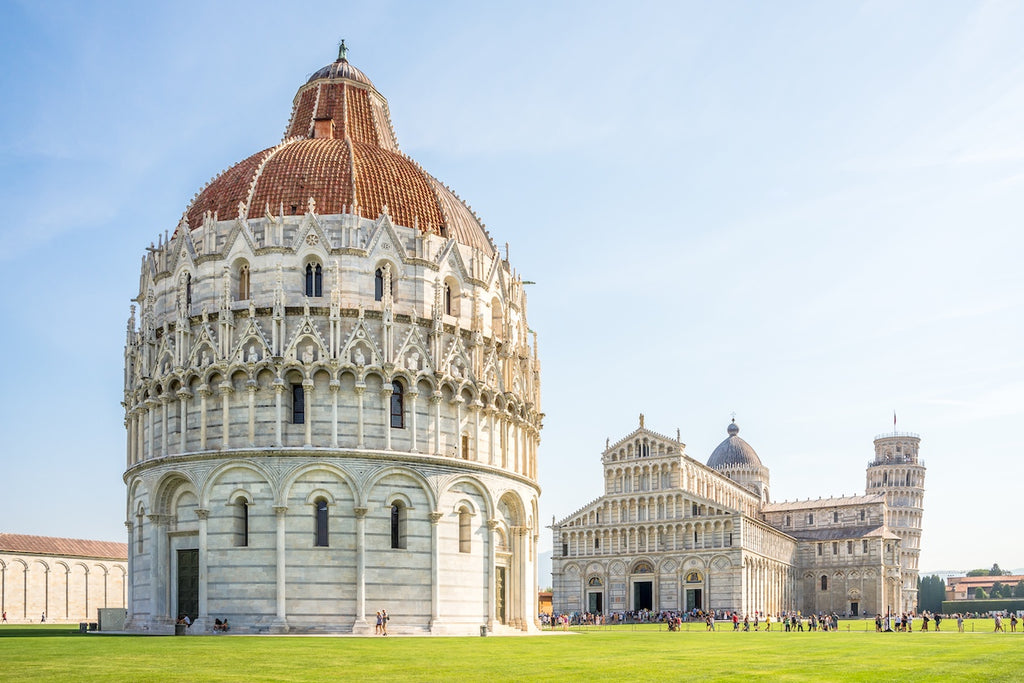
Il Battistero
Also near the tower is this cylindrical building constructed to hold the cathedral’s baptismal font, the largest freestanding building of its kind in Italy. Begun in the 12th century and finished in the 14th, you can see how architectural tastes changed over time, as the lower levels are blunt and romanesque while the domed top has the rich detail of the later gothic style. Every half-hour, the attendant on duty will demonstrate the structure’s incredible acoustics; notes echo around the circular walls for an astonishingly long time, making it possible to sing along with yourself!
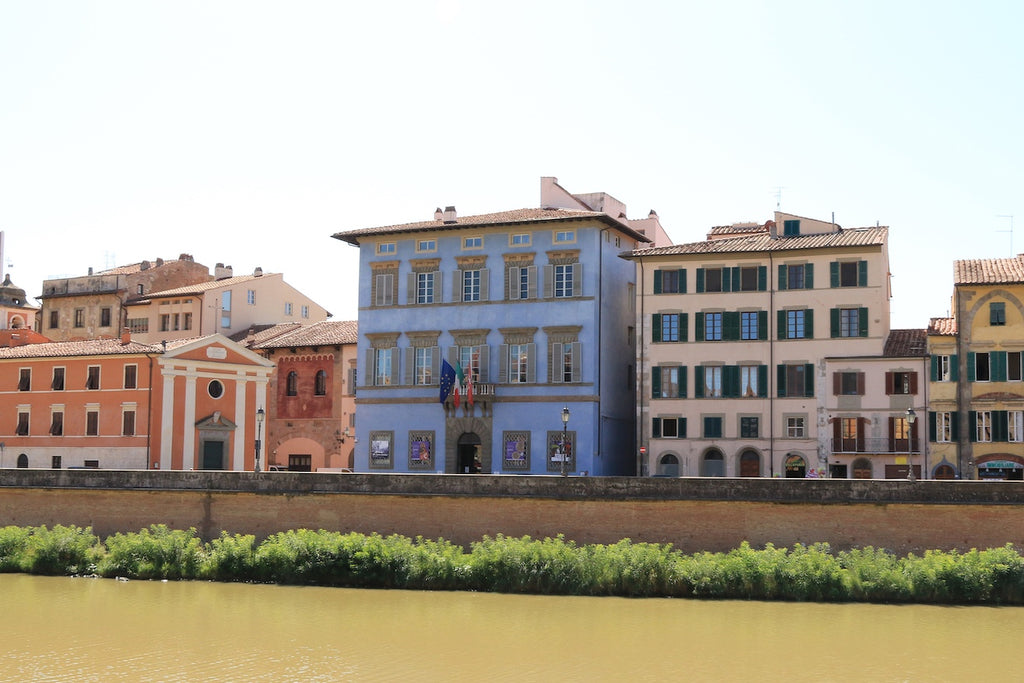
Palazzo Blu
For a dose of art both classical and modern, you can’t miss the sky-blue façade of this palazzo on the riverbank. Initially built in the 11th century and inhabited over the years by the only doge of Pisa and multiple aristocratic families, the building’s residential history has been maintained in many of the gallery rooms, which are furnished as though they could still be in use today. The museum has a permanent collection of art from the Renaissance and is also a home for traveling exhibitions of modern and contemporary art.
Orto e Museo Botanico
The oldest botanical garden in Italy, this oasis managed by the University of Pisa is a gorgeously green respite from the bustle of the city. Stroll the grounds among fountains, greenhouses, and ponds, all surrounded by plants from around the world, some of which have been growing here for hundreds of years. The adjoining museum holds gorgeous wax models and watercolor paintings of flowers used as teaching tools in the 18th and 19th centuries.





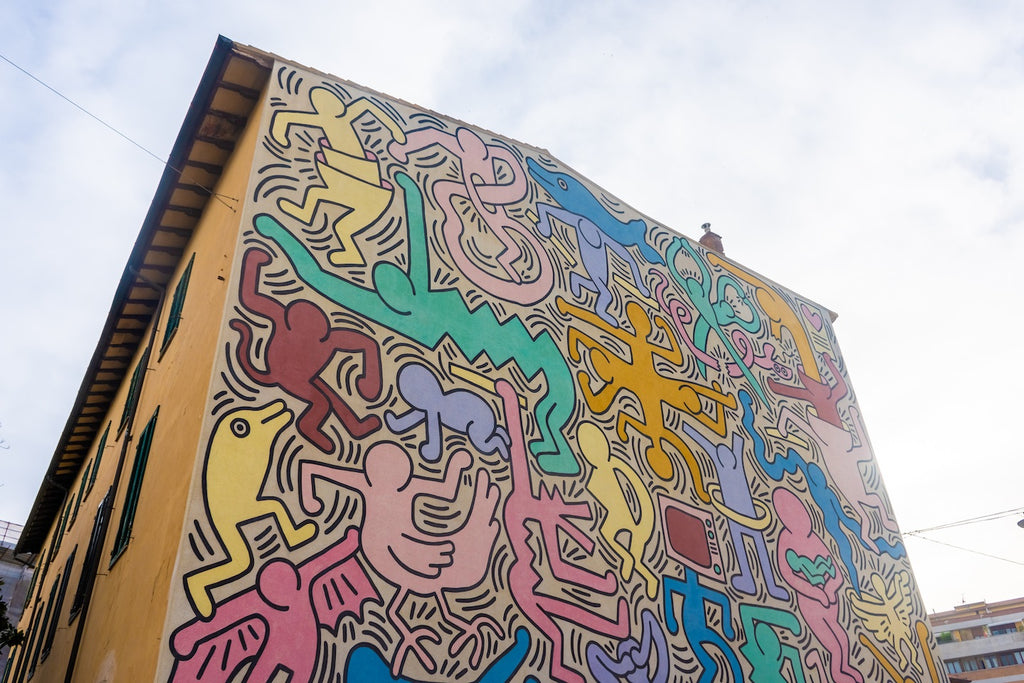
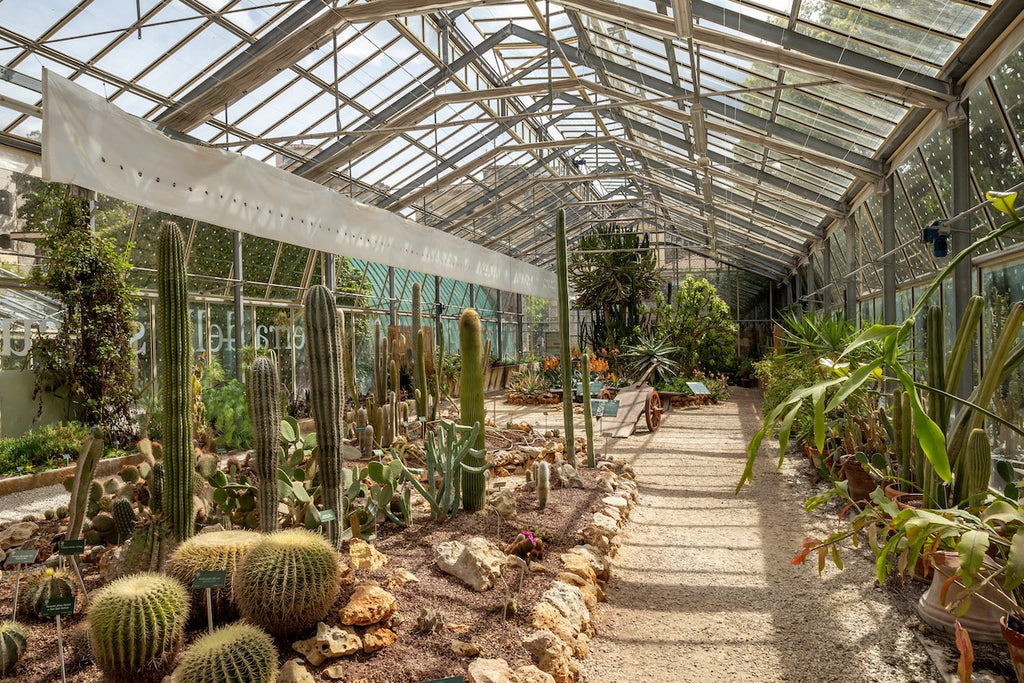









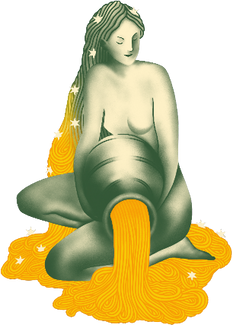
0 comments